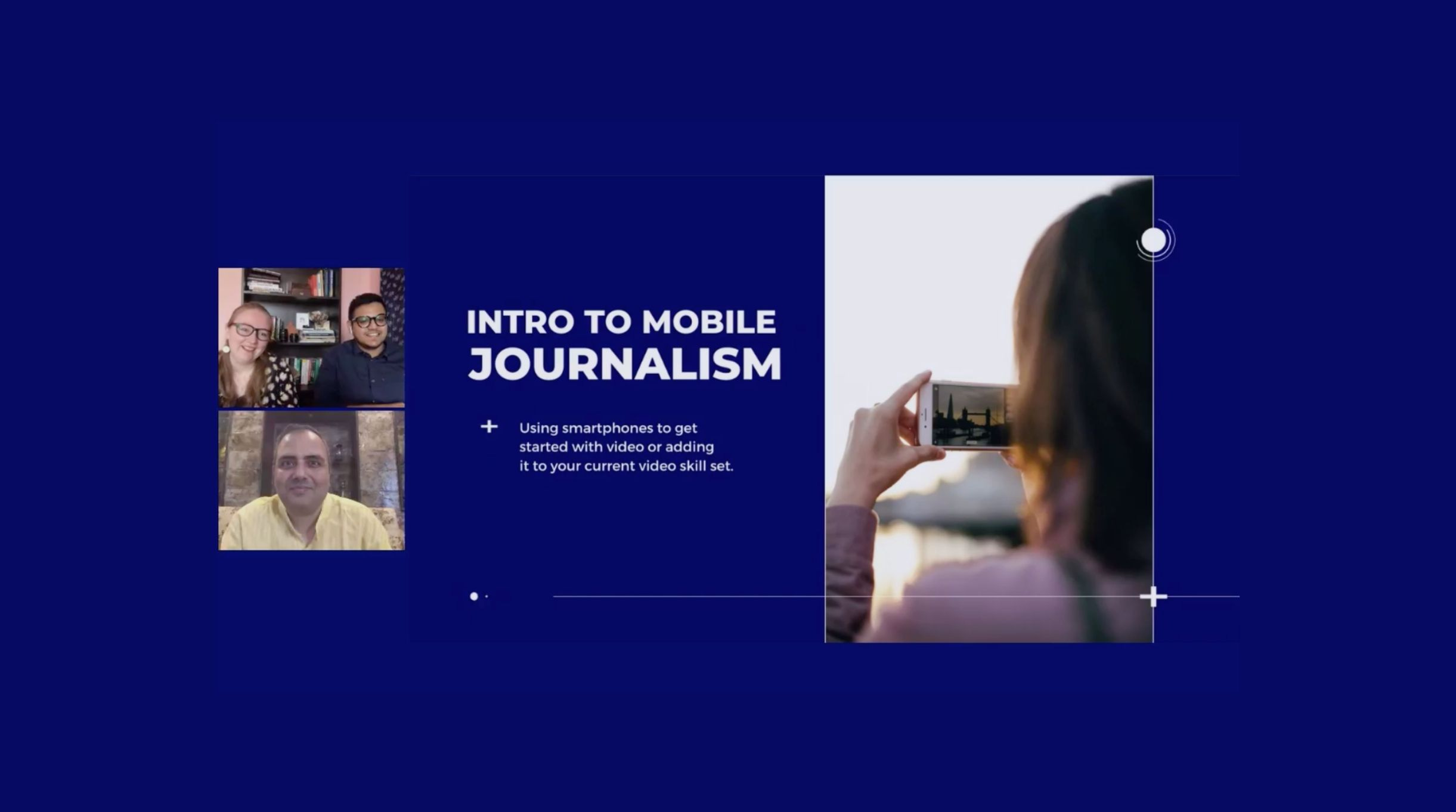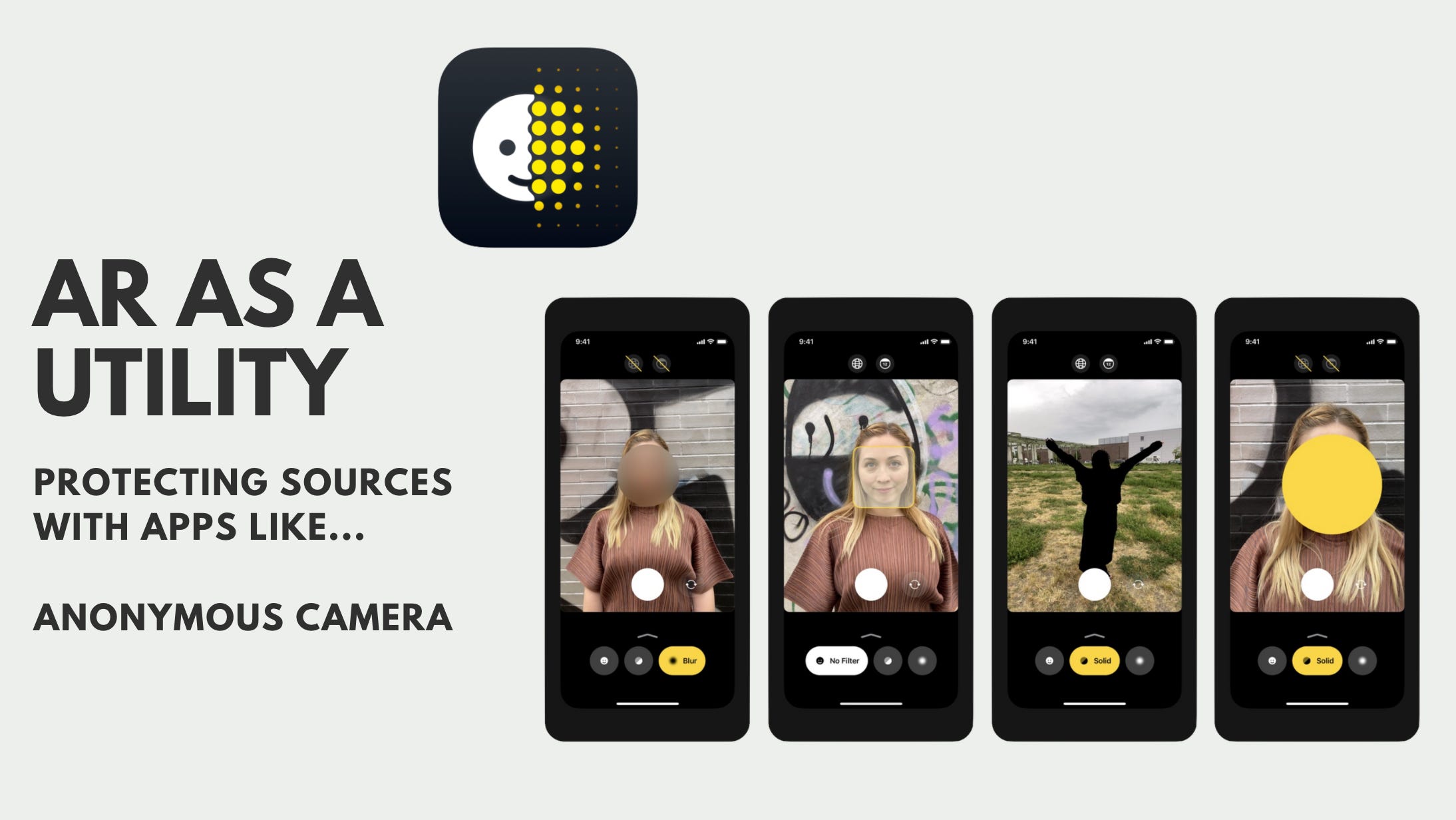The latest training session on Mobile Journalism (MoJo) hosted by the Facebook Journalism Project India is coming on July 29th, 2020 at 11:00am IST. The session will be in the “Ask Me Anything” format, and MoJo trainers Sanshey Biswas and Manon Verchot (who is also Digital Editor of Mongabay) will be taking live questions from journalists in the FJP India group. This session will focus on how to shoot better video and audio from home. But journalists are invited to come with any mobile journalism-related questions.

The upcoming AMA is the third in a series of live webinars and sessions in the FJP India group. In a previous webinar, Sanshey and Manon covered how to edit videos on the phone, using apps like Quik and Kinemaster. Quik is a great app for rapid turn-arounds. It is particularly useful for re-purposing videos in square, vertical or horizontal formats. Kinemaster is quite similar to desktop editing softwares like Final Cut Pro or Adobe Premiere Pro. It’s particularly useful for more complex edits on the phone, and allows users more control over transitions and effects.
The FJP India Mobile Journalism training series kicked off with an introductory AMA. This first session delved into the definition of mobile journalism, and some of the basic tools and resources.
You will need to join the group to watch it. Link to Group:
facebook.com/groups/FJPIndia
And if you’re having any trouble getting in, reply to this email or send me a message on WhatsApp here: wa.me/919700365693
Over the coming weeks, Sanshey and Manon will continue to host sessions on how to make the most of mobile phones, and how to build mojo-based editorial workflows. Sign up to this newsletter so you don’t miss any notifications about upcoming trainings.
Many introductions to MoJo start with video training, because video is a great entry point to other formats like photography, audio, Stories and Lives. And there are so many apps (both free and paid) that allow for video experimentation. Some of these tools, like face filters, may start out as tools for having fun, but they also have very practical applications for journalists.
For example, an app called Anonymous Camera, allows journalists to hide the identity of their sources. This can be really useful when a source’s safety is in jeopardy if they are identified, or when journalists are legally required to conceal the identity of a source.

Though Anonymous Camera is only available on iOS currently, there are many other face filter apps that exist. And the makers of Anonymous Camera may one day release on Android.
Watch out for…
Have you seen the documentary Searching for Sugar Man? The documentary traces the story of American musician Sixto Rodriguez who never became successful in the US, but was famous across South Africa — unbeknownst to him!
Searching for Sugar Man is one of the first movies to be partially shot on a phone, and it was the first movie with phone footage to win an Oscar. If you watch it let us know — can you tell which parts were shot on the phone and which parts aren’t?
ABOUT THIS NEWSLETTER
This newsletter is an attempt to keep up and share all the latest and greatest stories in media and how they get done. Read about it here: About In Old News-Letter
And if you were forwarded this newsletter, here’s how you can sign up to get the latest editions as they come out!
